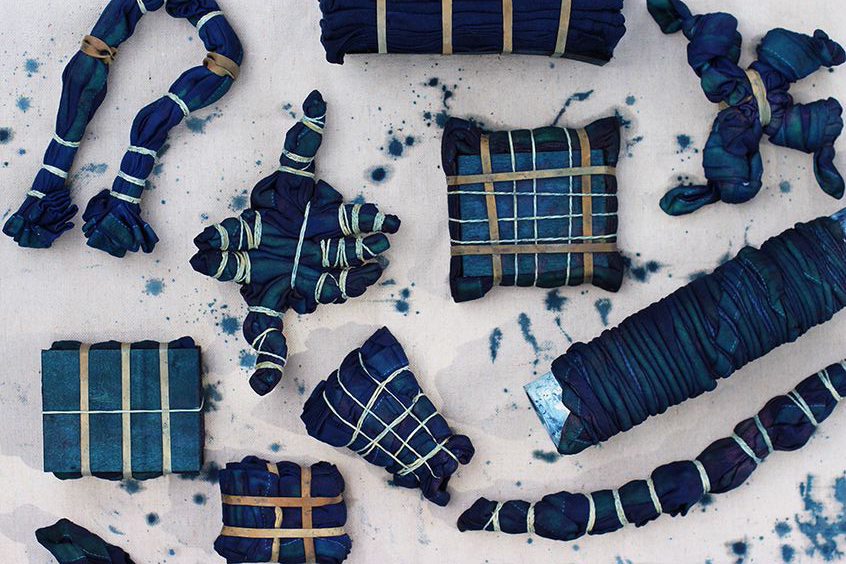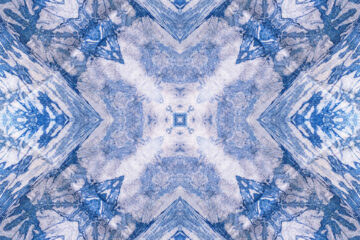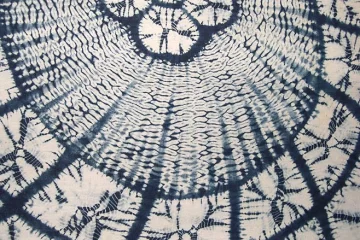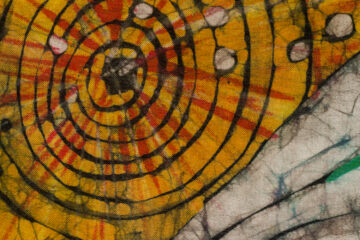This article on batik reserve dyeing techniques will be a guide for those interested in batik art. In the art of batik, where the reserved dyeing technique is used, materials such as fabric and leather are dyed and an artistic product emerges. With the art of batik art, works that caress the eye pleasure, those who use the product and those who see it will enjoy it. People interested in batik art can develop their artistic skills and contribute to this art with products that will appeal to both local and universal perception. www.novatelier.com offers information about the reserved painting technique to those interested in batik art.
Batik Reserved Dyeing Techniques
The reserved painting technique is a technique unique to the art of batik. It is possible to learn this technique, which is an independent technique, with some effort and improve yourself. You can dye the items and clothes you use in your daily life with the batik dyeing technique and create new and original works that you have never seen before. There are many batik dyeing techniques for fabrics. When it comes to batik reserve dyeing techniques, fabric dyeing techniques come to mind first.
- Binding reserve dyeing technique
- Compression reserve dyeing technique
- Basting reserved painting technique
- Knotting reserved dyeing technique
- Reserve dyeing technique with a closing agent
Of course, there are other techniques as well. There are also sub-types of these techniques mentioned above, which shows how wide and detailed the art of batik painting and the techniques used are. Each technique has its own application, of course.
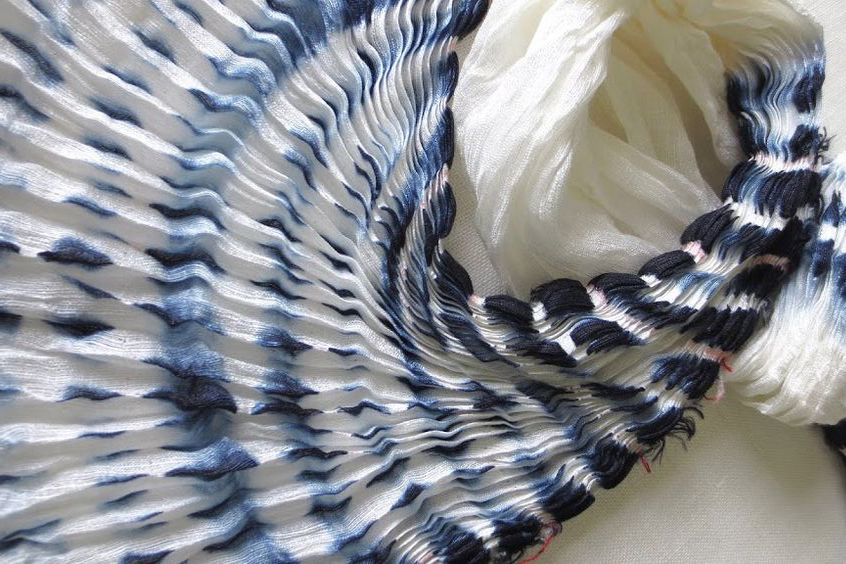
Tools and Materials Used
The tools and materials used in every art branch are important for creativity. The tools and materials used to apply the technique of art diversify and change over time. This is also true for the art of batik. Artists practicing the art of batik use different tools and materials. These tools and materials are necessary for artists to develop their creativity and to create original works of art.
“Batik is the patterning of fabrics, leather and paper with beeswax or other wax-like substances.”
The mold is the most important tool. With the mold, the reserve material is transferred onto the fabric. Two different types of molds, wooden and metal, are preferred. Another tool used in batik art is the brush and brush-like materials. With a brush or broom, the reserve material is applied or splashed on the fabric. Reserve boiler, reserve application table, dyeing boiler, fading boiler, heaters, reserve removal boiler and ironing machine are the tools and equipment used for batik reserve dyeing techniques.
